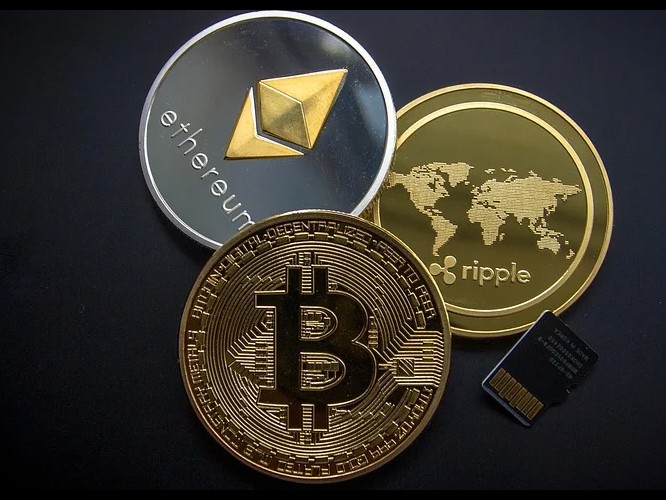Australian Federal Police Gathers Crucial Evidence In Optus Data Breach
The Australian Federal Police has revealed that it is gathering “crucial evidence” from the breach of Optus data. The officials said that “working closely” with overseas law enforcement authorities to identify the offenders behind the hack of telecom provider Optus.
“Operation Hurricane has been launched to identify the criminals behind the alleged breach and to help shield Australians from identity fraud,” the AFP said in a statement.
Optus, Australia’s second-largest telecommunications company, last week disclosed that it was hacked. The company faced $1 million extortion demand to prevent the sale of what an attacker says are up to 11.2 million sensitive customer records.
The information includes a customer’s name, dates of birth, phone numbers, email addresses, physical addresses, driver’s licenses, and passport numbers, but no account passwords or financial information.
Optus is a subsidiary of the Singaporean telecommunications conglomerate Singtel Group. The company claimed that it “immediately shut down the attack” as soon as it came to light.
According to reports, the hacker has also released a sample of 10,200 records from the breach on dark web.
Assistant Commissioner Cyber Command Justine Gough said while the investigation was going to be extremely complex and very lengthy it was important to note that the AFP specialized in investigations of this type.
“This is an ongoing investigation, but it is important the community knows the AFP and our partners are doing everything within scope to identify the offenders responsible, and to also ensure we can protect individuals who are now potentially vulnerable to identity theft,” Assistant Commissioner Gough said.
“We are aware of reports of stolen data being sold on the dark web and that is why the AFP is monitoring the dark web using a range of specialist capabilities. Criminals, who use pseudonyms and anonymizing technology, can’t see us but I can tell you that we can see them.



 Federal Reserve Raises Interest Rates By The MostSince 1994Top Biotech IPOs Of 2021 That Soared As Much As 500%-Share Story
Federal Reserve Raises Interest Rates By The MostSince 1994Top Biotech IPOs Of 2021 That Soared As Much As 500%-Share Story